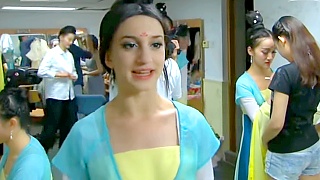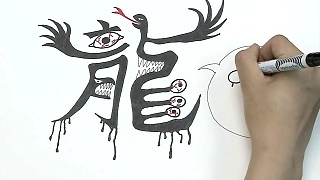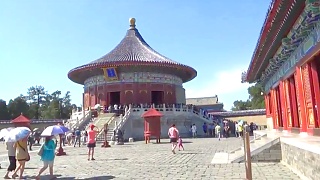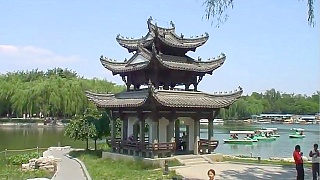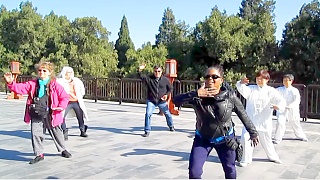Chinese Medicine In all its forms, Chinese medicine is holistic - it considers the whole body (and mind). It sees diseases as symptoms of lack of balance in some aspect of the whole and seeks to bring the body back to harmony. Indeed, the word dis-ease simply means 'not at ease'. When the father of western medicine, Hippocrates, declared 'Let food be your medicine', he was very much in line with Chinese thinking. However, science, with its focus on reductionist logic, has led to a reliance on drugs which are intended to be direct fixes but which actually often further disturb the body's carefully balanced systems producing side effects. Further, drug-based medicine often addresses only symptoms and not underlying causes. Exercise In China, exercise is everywhere - an important part of Chinese culture through the philosophical foundations of Chinese thought that emphasise the harmony of body and mind. Hence, exercise is not just exercise in the western sense, often it involves a spiritual or mental side as in the martial arts and QiGong. Balance (control) and suppleness are prized as much, if not more, than strength and stamina. This is seen beautifully in Chinese acrobatics. The primary concept in the spiritual / mental dimension to native Chinese exercises is to achieve harmony of one's Qi. Qi is the flow of energy or life-force in the body, heaven and all living things - an ancient Taoist notion. Schoolchildren, and many workers, begin the day with 15 minutes of exercise. Ping Pong Although the name sounds Chinese, 'Ping Pong' probably was coined because of the sound the ball makes when hit near and far (by oneself and your opponent). The exact origins are obscure but Ping Pong (Table Tennis) has been popular across the world, especially so in China, Japan and Korea. China has had great success internationally at Ping Pong but it is its popularity among ordinary people that has given it a place in Chinese Culture. Ping Pong tables are commonly found in parks and other outdoor spaces. If you stop to have a look you may well be invited to a game!
Related Videos
Featured Videos

|
BeiHai Park, JingShan Park and YuanMingYuan (Old Summer Palace).
With Walk East ...
Bonus film - The Temple of Heaven / TianTan - with Walk For You ...
|

|
With Walk East ...
|

|
With Pascal Coppens and Steven Van Belleghem ...
|

|
With Wei's Travel ...
|

|
With Yasmine's Journey ...
|

|
With Learn Chinese with ChineseClass101.com ...
With Andy and Sarah Mandarin ...
|
 An Introduction to Chinese Medicine and Exercise
An Introduction to Chinese Medicine and Exercise